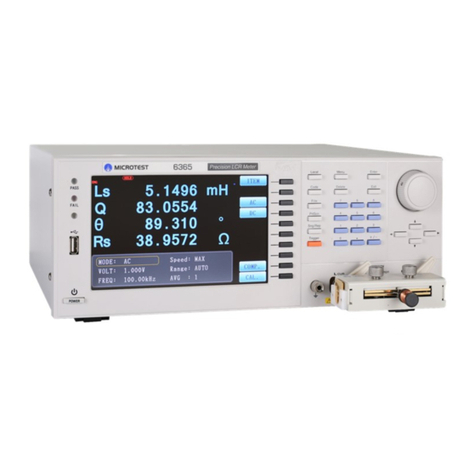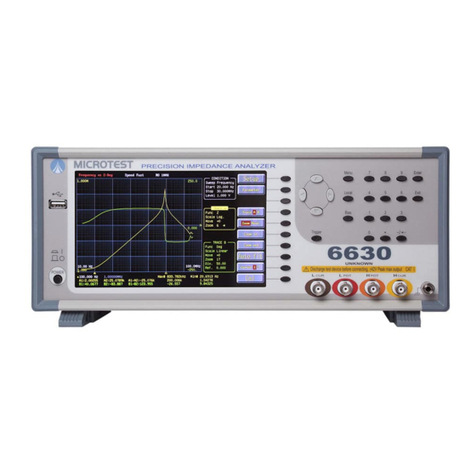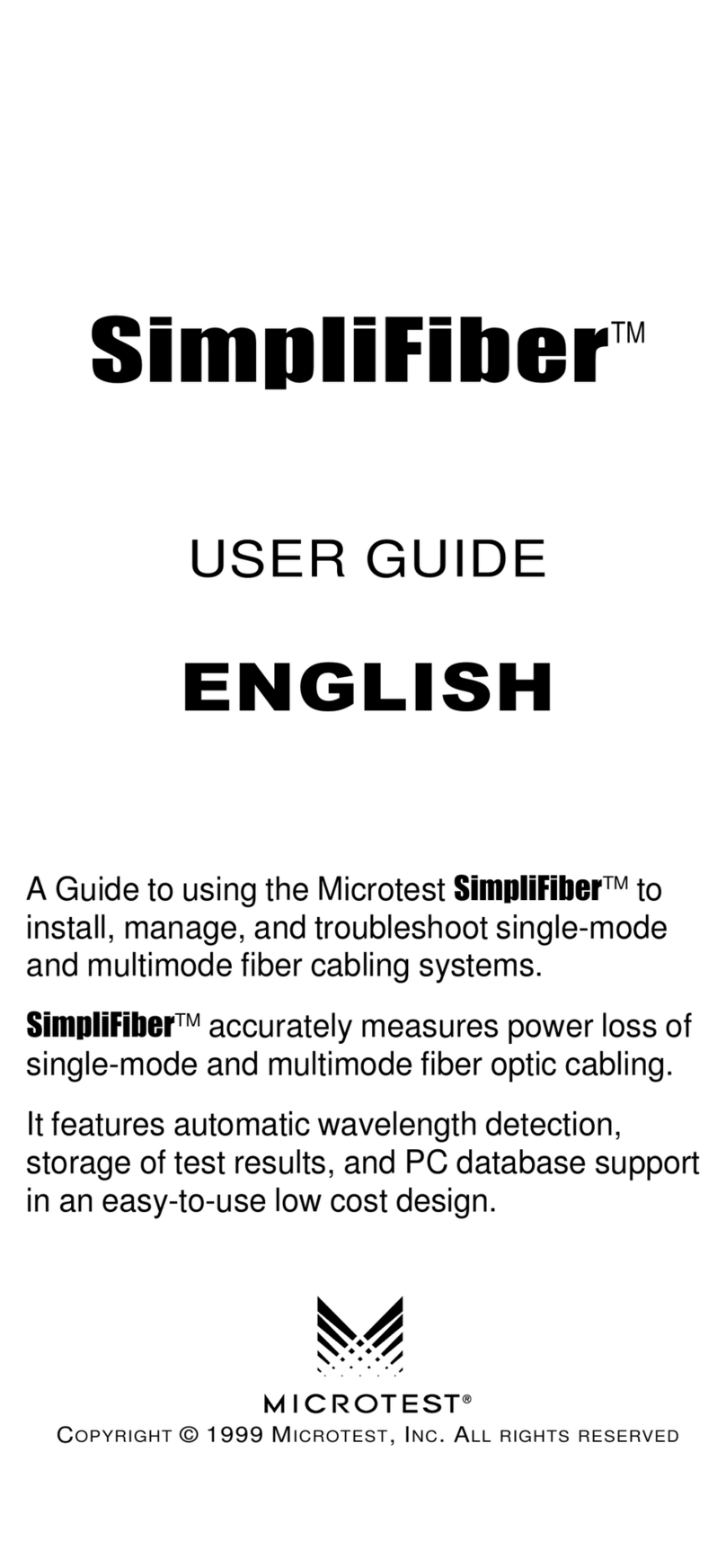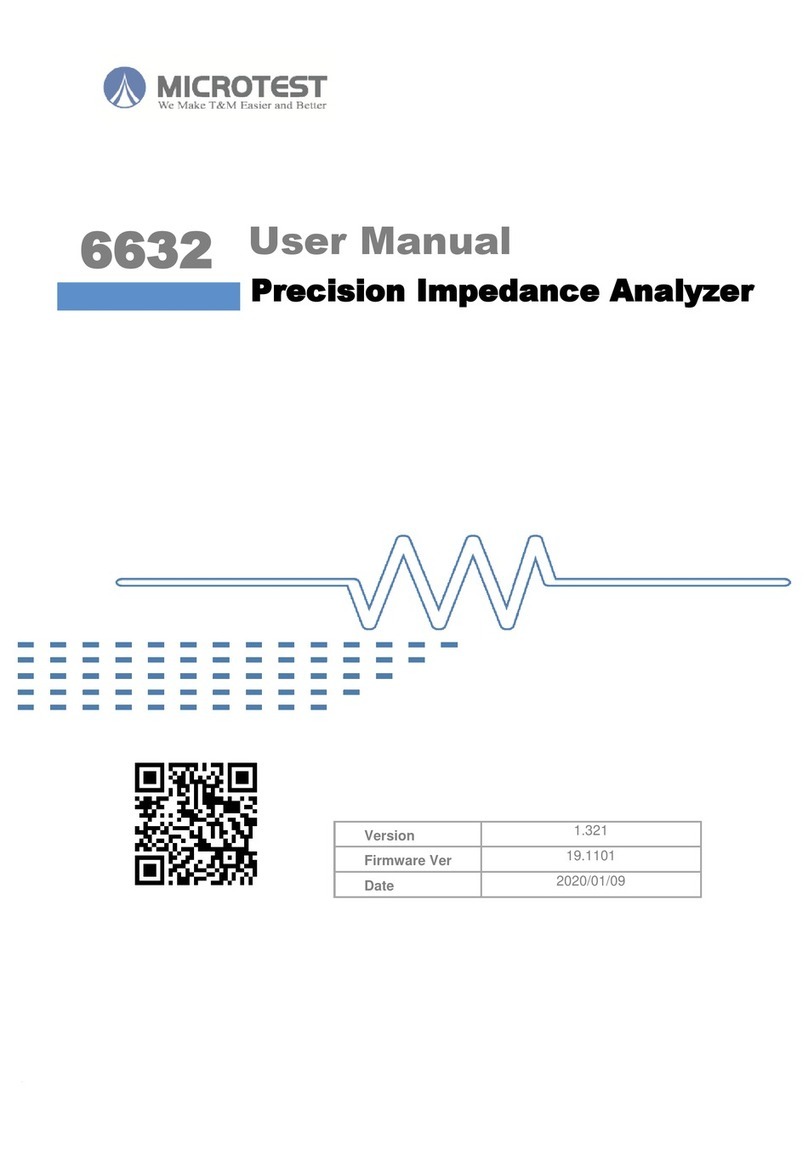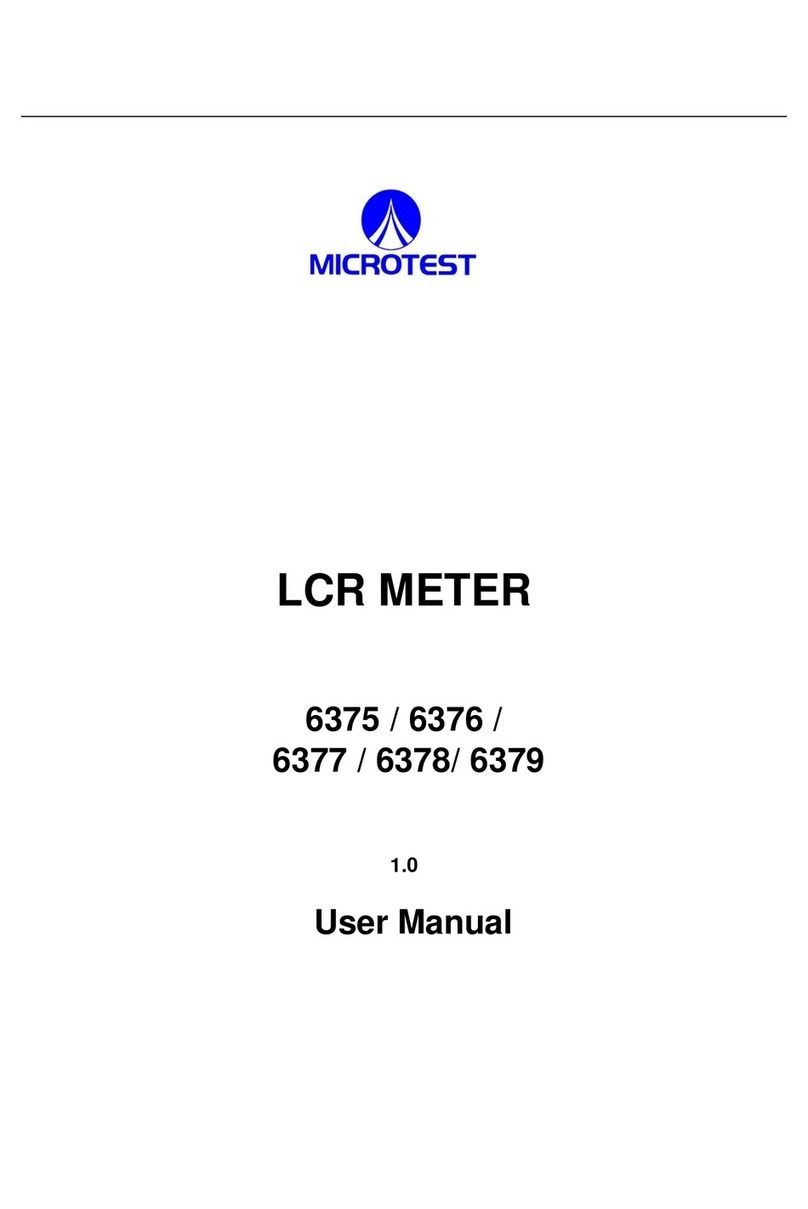6.1 GPIB Control.................................................................................................................. 6–1
6.1.1 Summary .................................................................................................................. 6–1
6.1.2 Interface Specifications............................................................................................ 6–1
6.1.3 Changing GPIB Address.......................................................................................... 6–1
6.1.4 Message Format....................................................................................................... 6–2
6.1.5 Transmit Data.......................................................................................................... 6–5
6.1.6 Status Report............................................................................................................ 6–6
6.1.7 General Instruction Set...........................................................................................6–10
6.1.8 Standard Operation Status Instruction Set .............................................................6–11
6.2 6420 Series Component Specification Instruction Set...................................................6–12
6.2.1 Instructions Summary .............................................................................................6–12
6.3 Program Example...........................................................................................................6–35
6.3.1 Example 1................................................................................................................6–35
6.3.2 Example 2................................................................................................................6–36
6.3.3 Example 3................................................................................................................6–37
6.3.4 Example 4................................................................................................................6–39
7. 6420 SERIES SPECIFICATIONS .................................................................................... 7–1
7.1 Measurement Parameters................................................................................................ 7–1
7.2 Test Conditions............................................................................................................... 7–1
7.2.1 AC Drive .................................................................................................................. 7–1
7.3 Measurement Speed........................................................................................................ 7–2
7.4 Display Range................................................................................................................. 7–3
7.5 Operation Mode.............................................................................................................. 7–3
7.5.1 Measurement Mode.................................................................................................. 7–3
7.5.2 Multi-measurement Mode........................................................................................ 7–3
7.6 Measurement Wiring ...................................................................................................... 7–3
7.7 Measurement Precision................................................................................................... 7–3
7.8 Precision Map ................................................................................................................. 7–5
7.8.1 |Z| Accuracy Chart................................................................................................... 7–5
7.8.2 |Z| vs L, C Chart....................................................................................................... 7–6
7.8.3 |Z|, |Y|, L, C, R, X, G and B Accuracy...................................................................... 7–7
7.8.4 D Accuracy............................................................................................................... 7–7
7.8.5 Q Accuracy............................................................................................................... 7–7
7.9 Universal Specifications ................................................................................................. 7–9
7.9.1 Power....................................................................................................................... 7–9
7.9.2 Display Screen......................................................................................................... 7–9
7.9.3 Remote Control........................................................................................................ 7–9
7.9.4 Remote Control Trigger........................................................................................... 7–9
7.9.5 Mechanism Specifications........................................................................................ 7–9
7.10 Test Environment.......................................................................................................... 7–9
7.10.1 Operating Temperature Range .............................................................................. 7–9
7.10.2 Absolute Humidity.................................................................................................. 7–9
7.10.3 Height..................................................................................................................... 7–9
7.10.4 Installation Details................................................................................................7–10
7.10.5 Pollution Level......................................................................................................7–10
7.10.6 Safety.....................................................................................................................7–10
7.10.7 EMC......................................................................................................................7–10












